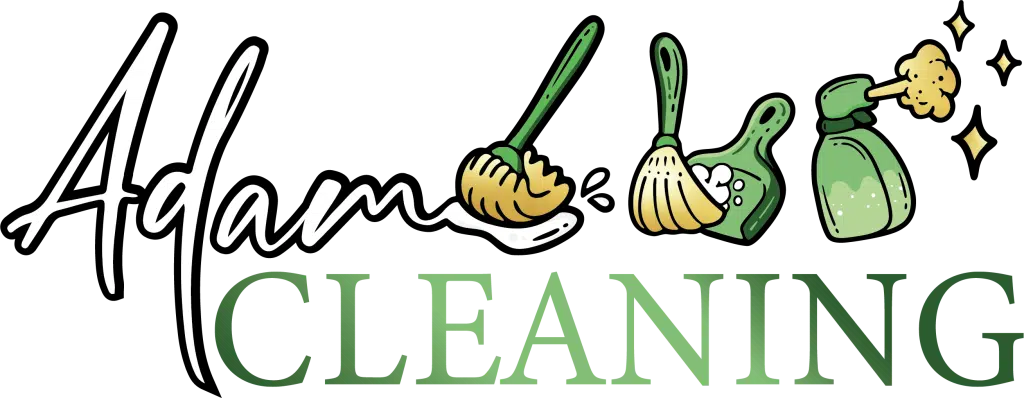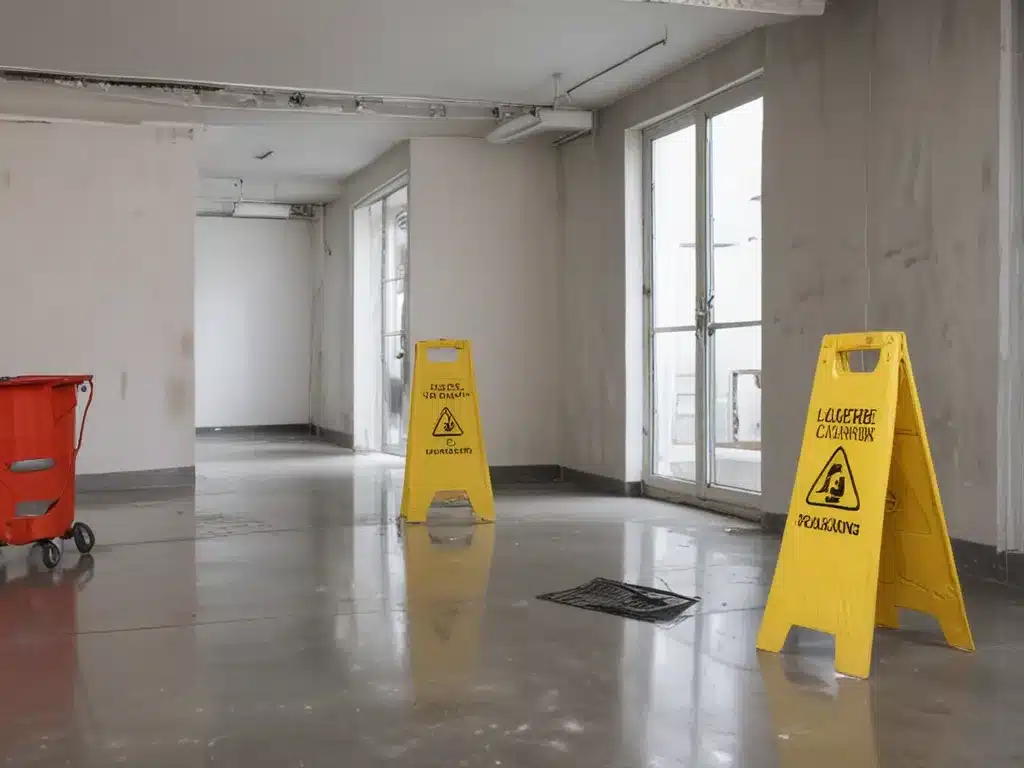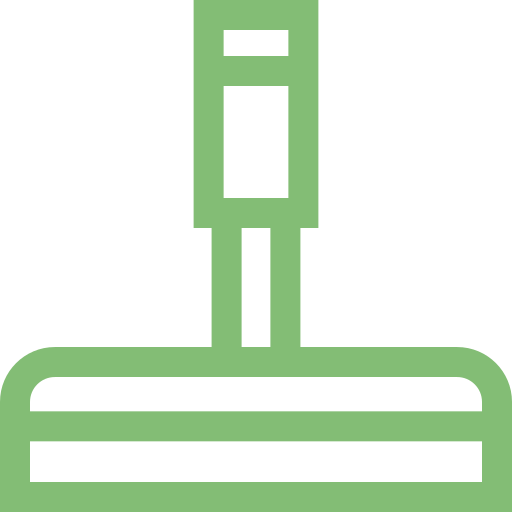Introduction
Cleaning workplaces often involves exposure to hazardous chemicals and materials. As a professional cleaner, I have a responsibility to understand the risks and follow proper safety procedures to protect myself and others. This article outlines some key safety measures to take when cleaning in hazardous environments.
Assess the Hazards
Before starting any cleaning job, I take time to identify potential hazards. This involves:
- Reviewing the list of chemicals and materials I’ll be working with and understand their hazards (flammable, corrosive, toxic, etc.)
- Checking the safety data sheets (SDS) for each chemical I’ll use
- Identifying any restricted or confined spaces I’ll need to access and their risks
- Noting any trip, slip or fall hazards in the area
- Considering any equipment or machines that could be hazardous
- Looking for any asbestos, lead paint or other toxic materials
I make sure I fully understand the risks before proceeding. If I’m ever unsure, I speak up and ask for clarification from my supervisor.
Use the Right Protective Gear
Based on the hazards, I select protective clothing and gear to create a barrier between the hazard and myself. This includes:
- Chemical-resistant gloves, boots and suits
- Respirators and masks with appropriate filters
- Safety goggles/glasses
- Hard hat and steel-toe boots where objects could fall
- Hearing protection when working around loud equipment
The gear needs to be well-fitting and suitable for the type of exposure. I inspect all gear before use to ensure it is in good condition. Damaged equipment may not provide adequate protection.
Establish Safe Work Practices
In addition to gear, I follow safe work practices to further minimize risks:
- Never mixing incompatible chemicals that could react
- Using the minimal amount of chemicals needed
- Having excellent ventilation in the workspace
- Keeping hydrated and taking rest breaks to avoid fatigue
- Using the right tools and equipment for the job
- Avoiding any equipment/tools that could be ignition sources when flammable chemicals are present
- Putting up safety signage to restrict access to hazardous areas
- Cleaning up spills immediately according to SDS guidelines
Establishing and sticking to safe procedures is crucial when working with hazardous materials. I remain vigilant and avoid taking shortcuts.
Have Proper Emergency Equipment
Despite best efforts, workplace accidents can occur when cleaning hazardous areas. To be prepared, I ensure the following emergency equipment is present and accessible:
- Eye wash station and safety shower
- First aid kit stocked with burn cream, sterile dressings, etc.
- Fire extinguishers suitable for the types of chemicals
- Spill containment and absorbent materials
- Personal protective equipment like gas masks
I familiarize myself with emergency response plans. This covers evacuation routes, contacting emergency services, administering first aid, spill containment techniques and more. Proper emergency preparedness is vital when handling hazardous agents.
Follow Decontamination Procedures
After finishing the hazardous cleaning job, I go through decontamination procedures to remove any lingering chemical residue from my clothing, equipment and body. This involves:
- Carefully removing any soiled protective gear and disposing of properly
- Washing hands and any exposed skin several times
- Showering if chemicals contacted skin or clothing
- Thoroughly cleaning and/or disposing of used equipment/tools
- Putting contaminated clothing in sealed bags for professional cleaning
Proper decontamination helps prevent the spread of chemical exposure. I never take shortcuts when it comes to cleaning myself and my gear after hazardous cleaning work.
Summary
When dealing with hazardous materials, safety has to be the top priority. With adequate hazard assessment, protective equipment, safe work practices, emergency preparedness and decontamination, the risks to cleaners can be minimized. However, it is vital to remain vigilant when cleaning in these types of environments. Complacency and rushing can easily lead to accidents and chemical exposures. By staying focused on safety, I can complete even the most hazardous cleaning job without incident.







